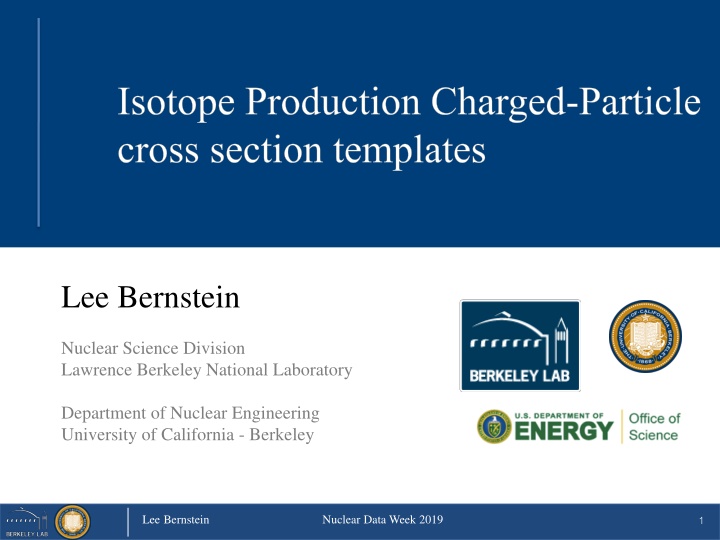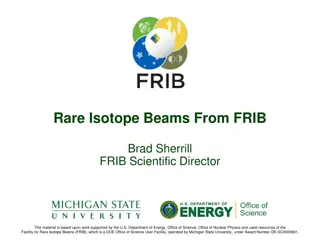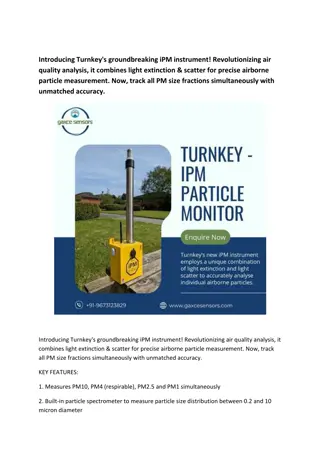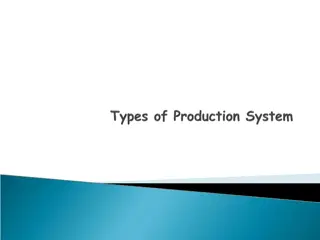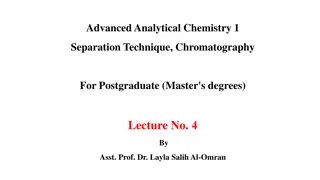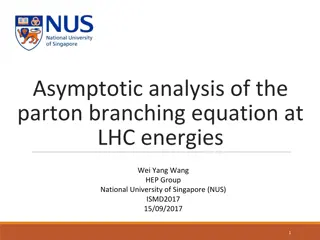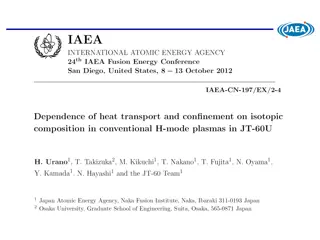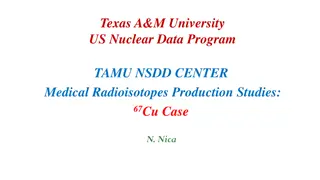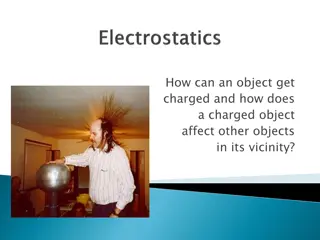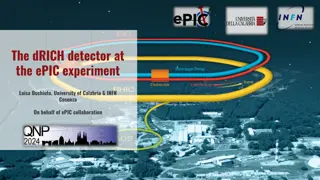Isotope Production Charged Particle Cross Section Techniques
The process of measuring angle-integrated charged-particle cross sections using the stacked target technique is discussed. The method involves the use of monitor foils, degraders, and a beam foil of interest to determine energy and flux. Uncertainties in the measurements and the correction for flux depletion are addressed. Activation and decay measurements, along with variance minimization procedures, play key roles in determining beam energy.
Download Presentation

Please find below an Image/Link to download the presentation.
The content on the website is provided AS IS for your information and personal use only. It may not be sold, licensed, or shared on other websites without obtaining consent from the author.If you encounter any issues during the download, it is possible that the publisher has removed the file from their server.
You are allowed to download the files provided on this website for personal or commercial use, subject to the condition that they are used lawfully. All files are the property of their respective owners.
The content on the website is provided AS IS for your information and personal use only. It may not be sold, licensed, or shared on other websites without obtaining consent from the author.
E N D
Presentation Transcript
Isotope Production Charged-Particle cross section templates Lee Bernstein Nuclear Science Division Lawrence Berkeley National Laboratory Andrew S. Voyles 13 June 2018 Program Review for NSSC2 TA1 University of California - Berkeley Department of Nuclear Engineering Lee Bernstein Nuclear Data Week 2019 1 1
Angle-integrated charged-particle cross sections over a range of energies can be rapidly measured using the stacked target technique Monitor Foils Al Monitor Foils Degraders Stacked Target Holder Beam Foil of Interest Pencil or overfill beams HPGe Assay Energy and Flux from Activation Foil Variance Minimization Lee Bernstein Nuclear Data Week 2019 2 2
Uncertainties ?????????? ? ? ? ?? ??? =# ?? ?????????? ???????? # ?? ???? ????????? = Activation + decay measurements covered separately (see A.M. Lewis) Introduces a dependence on E at each foil location Current integrator is only used as a sanity check on the first foil ?????????(?)? ? ??????????(?)???????? ? ?? ??? =# ?? ?????????? ???????? # ?? ???? ????????? = The monitor foil activation is used to determine the flux at each position in the stack, correcting for flux depletion and allowing for determination of the beam energy through out the stack by adjusting the Al degrader density using a variance minimization procedure* Energy Fluence *S.A. Graves et al., NIM B386 (2016) 44 53 https://doi.org/10.1016/j.nimb.2016.09.018 Lee Bernstein Nuclear Data Week 2019 3 3
